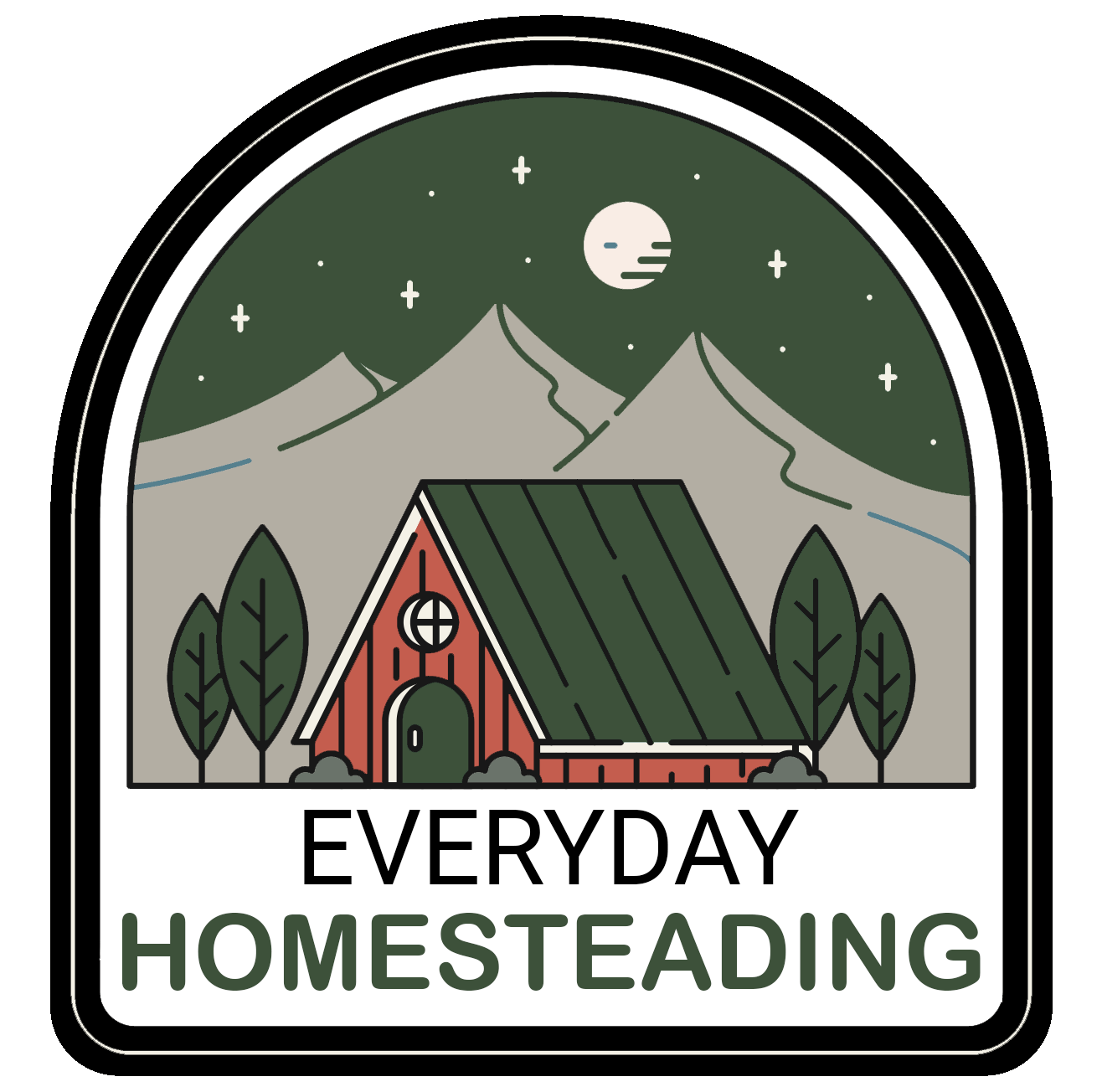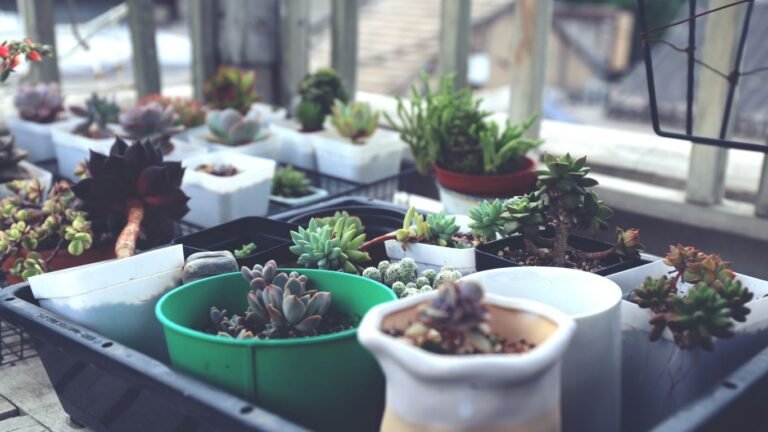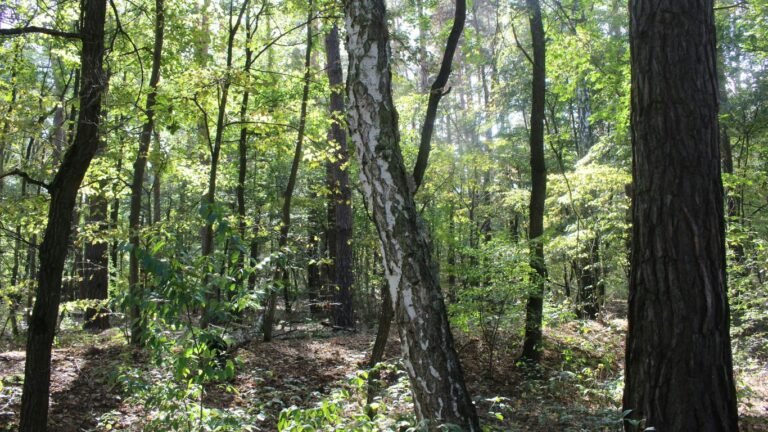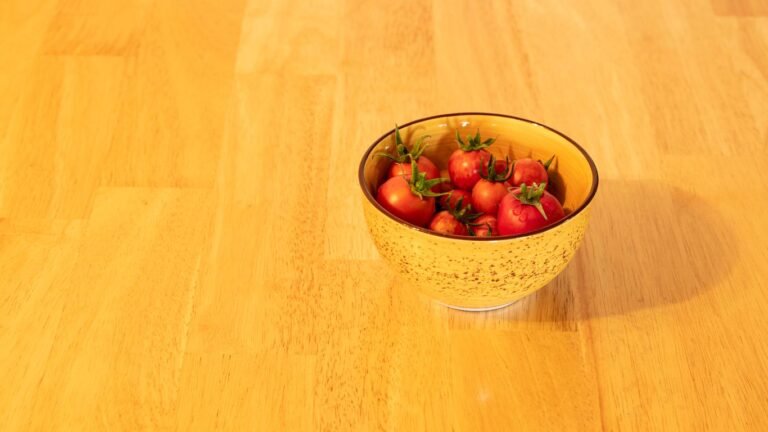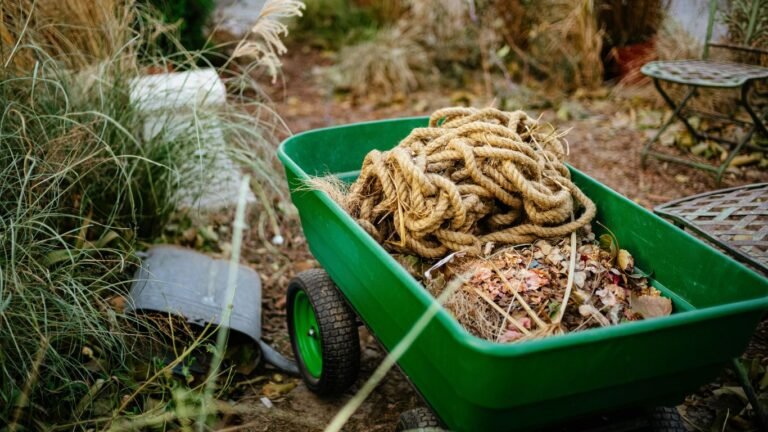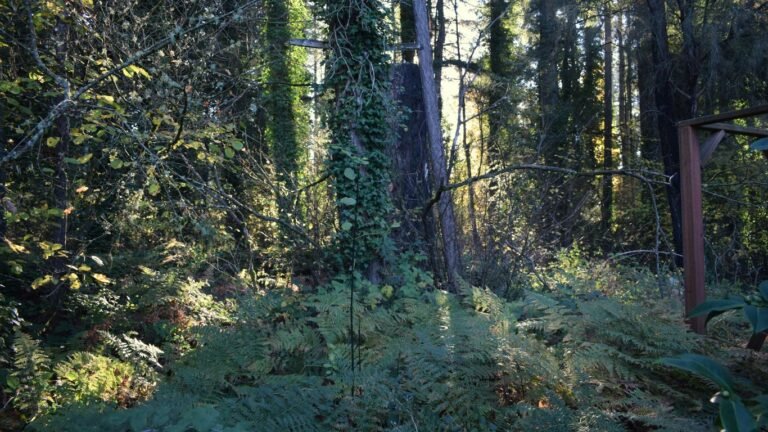Zone 9 Spring Garden Prep: February Planting and Warm-Season Starts
February is a pivotal month for us Zone 9 gardeners, marking the true start of our spring garden prep. While the rest of the country might still be deep in winter, we’re already getting our hands dirty, planning for a season of growth. This is the time we lay the groundwork, nurture our soil, and…



